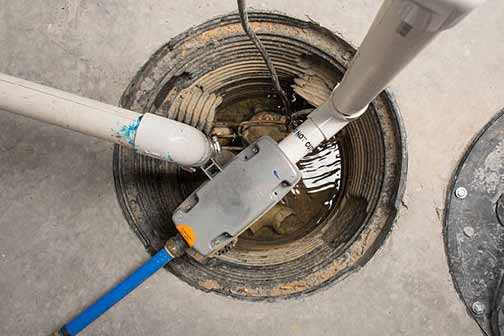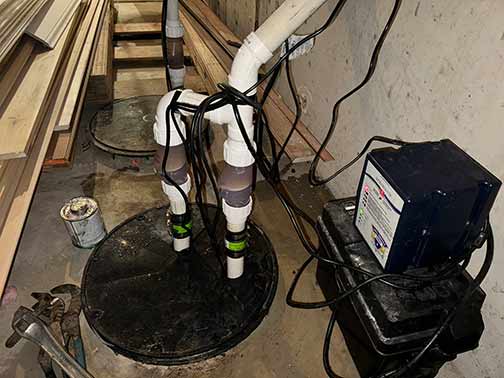
As the winter snow melts and the spring rains begin to fall, it’s important to ensure that your sump pump is in good working condition to protect your basement from flooding. Here we will cover the key steps and tips to keep your sump pump functioning optimally.
Why Spring Cleaning for Your Sump Pump is Essential
Spring is the ideal time to inspect and maintain your sump pump system for several reasons. The increased rainfall during this season can put your basement at a higher risk of flooding. By ensuring that your sump pump is in good condition, you can avoid costly water damage and prevent potential health hazards such as mold growth.
The Importance of Regular Inspections
An essential part of maintaining your sump pump system is conducting regular inspections. Here are a few reasons why regular inspections are important:
- Identify and address any potential issues early on.
- Ensure that all components are functioning correctly.
- Prolong the lifespan of your sump pump.
Regular inspections will help you catch any problems before they escalate into significant issues, saving you time, money, and stress in the long run.
Step-by-Step Guide to Inspecting and Maintaining Your Sump Pump
Step 1: Safety First
Before you begin inspecting and maintaining your sump pump, it’s important to prioritize safety. Make sure to follow these safety guidelines:
- Disconnect the sump pump from its power source to avoid accidental electrical shocks.
- Wear protective gloves to avoid any potential bacteria or contaminants.
Step 2: Exterior Inspection
Start by performing an exterior inspection of your sump pump system. Here’s what you should check:
- Inspect the discharge pipe for any clogs or obstructions.
- Ensure that the pipe is securely connected and directed away from your foundation.
- Check the vent hole on the discharge pipe for any blockages.
Step 3: Interior Inspection
Once you’ve completed the exterior inspection, move on to the interior inspection. Follow these steps:
- Remove the sump pump cover to access the pit.
- Inspect the pit for any debris or sediment buildup.
- Check the float switch to ensure it moves freely and isn’t obstructed.
- Verify that the check valve is working correctly and allowing water to flow in one direction.
- Clean or replace the sump pump if necessary, following the manufacturer’s instructions.
Step 4: Test the Sump Pump
After completing the inspections, it’s time to test your sump pump system. Here’s how:
- Pour a bucket of water into the sump pit to activate the pump.
- Observe the pump’s operation, ensuring that it starts promptly and efficiently removes the water.
- Listen for any unusual noises or vibrations that may indicate a problem.
Step 5: Consider a Backup Sump Pump System
To provide additional protection against basement flooding, consider installing a backup sump pump system. These systems are designed to support your primary pump in case of power outages or mechanical failures. Options include battery-powered pumps, water-powered pumps, or generator-powered pumps.

To provide additional protection against basement flooding, consider installing a backup sump pump system.
Tips for Maintaining Your Sump Pump System
While spring is an excellent time to thoroughly inspect your sump pump system, regular maintenance throughout the year will help keep it in optimal condition. Here are some additional tips:
- Test your sump pump system every few months by pouring water into the pit.
- Ensure that the float switch moves freely and isn’t obstructed.
- Check the power cord and plug for any signs of damage.
- Keep the pit clear of debris and sediment.
- Consider installing a sump pump alarm to alert you in case of pump failure or high water levels.
- Know the location of your main water shut-off valve in case of emergencies.
- Follow the manufacturer’s maintenance recommendations.
Spring cleaning for your sump pump is an essential task to protect your basement from potential flooding. By following the steps outlined in this article and conducting regular inspections and maintenance, you can ensure that your sump pump system operates efficiently and effectively. Remember to prioritize safety, and if you encounter any issues beyond your expertise, don’t hesitate to contact a professional plumber for assistance. With proper care, your sump pump will continue to safeguard your home for years to come.
